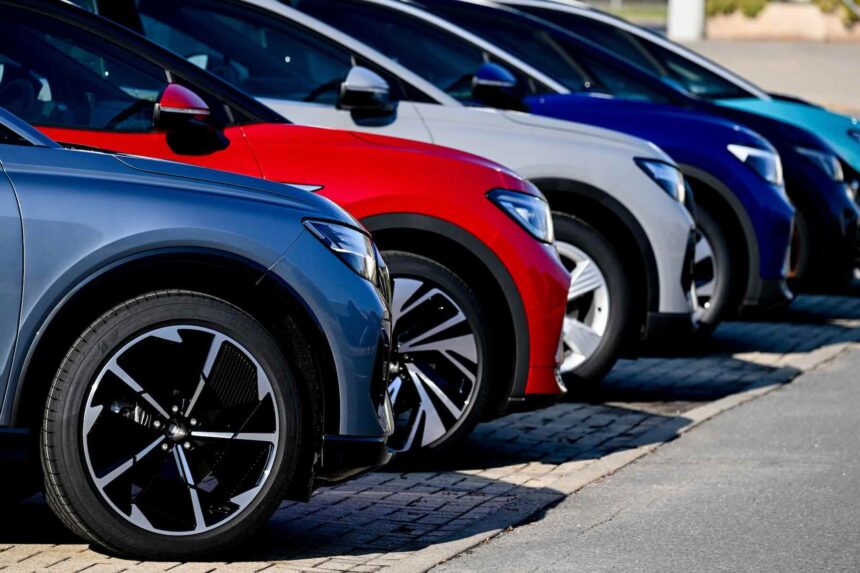The family minivan needed replacing, and like many middle-class households in Metro Vancouver, the Rahmans were feeling the squeeze of high fuel prices. Farah Rahman, a 41-year-old software developer and mother of two, had been spending nearly $400 monthly at the pump.
“Every fill-up felt like a small financial crisis,” Farah told me as we sat in her living room in Burnaby. “We started looking at electric vehicles not because we’re environmental warriors, but honestly, because we couldn’t keep hemorrhaging money on gas.”
The Rahmans aren’t alone. According to new research released yesterday by BloombergNEF and Transport Canada, economic considerations—not environmental concerns—are driving the majority of electric vehicle purchases across the country. The nationwide survey of over 3,500 recent EV buyers found that 72% ranked lower operating costs as their primary motivation, while environmental benefits ranked fifth on the list of purchase drivers.
This pragmatic approach to electrification surprised even industry experts. “We’ve been messaging climate benefits for years,” explained Joanna Kyriazis, Clean Transportation Program Director at Clean Energy Canada. “But consumers are speaking clearly with their wallets. The monthly savings are what’s convincing most families to make the switch.”
When I visited Fraser Valley Nissan last month, sales manager Derek Chow showed me a comparison chart they now prominently display in their showroom. For a mid-sized family vehicle, the electricity costs over five years totaled approximately $4,800 versus $15,700 for gasoline—a difference of nearly $11,000.
“Five years ago, we’d talk about emissions and climate impact,” Chow said, gesturing toward a new Ariya electric crossover. “Today, we start by showing people their monthly operating costs. That’s what closes the deal.”
The survey revealed additional factors motivating EV purchases, with performance and driving experience ranking second (64%), reduced maintenance third (58%), and technological appeal fourth (51%). Environmental considerations came in fifth at 47%.
For the Rahman family, the decision calculus was straightforward. Their new Hyundai Ioniq 5 costs approximately $45 monthly to charge at home, compared to their previous $400 fuel bill. Even factoring in occasional public charging when traveling, they’re saving over $3,600 annually.
The financial motivation appears strongest among middle-income households. Respondents earning between $75,000-$125,000 annually were most likely to cite cost savings as their primary reason for purchase. Meanwhile, upper-income buyers (above $150,000) were more likely to emphasize performance characteristics and environmental benefits.
Regional differences emerged as well. In British Columbia and Quebec, where provincial incentives stack with federal rebates, buyers reported greater emphasis on immediate purchase incentives. In Alberta, where electricity rates have traditionally been lower, operational savings took precedence.
“We’re seeing a paradigm shift in consumer thinking,” noted Dr. Sumeet Gulati, professor of environmental economics at UBC. “The environmental benefits are becoming a welcome side effect rather than the primary selling point. This actually bodes well for long-term adoption because financial motivations tend to be more durable than values-based ones.”
This shift hasn’t gone unnoticed by automakers. Walking through the Vancouver International Auto Show three months ago, I observed how dramatically the marketing had changed. Where climate messaging once dominated, now nearly every manufacturer prominently displayed “cost to own” calculators and emphasized monthly operational savings.
“The industry is adapting to what consumers are actually responding to,” explained Michelle Krebs, executive analyst at Autotrader. “Five years ago, many manufacturers positioned EVs almost as a lifestyle choice or ethical statement. Today, they’re highlighting the practical benefits first.”
For Sarah Chen, a nurse in Richmond who recently purchased a Chevrolet Bolt, the decision came down to simple arithmetic. “I drive about 25,000 kilometers annually between commuting and visiting my parents in Kelowna,” she explained. “I calculated I’d save around $2,800 yearly on fuel alone, plus at least $500 on maintenance. That makes the slightly higher purchase price worth it.”
The survey also revealed that concerns about initial purchase price remain the largest barrier for potential buyers, with 68% citing upfront cost as their primary hesitation. However, as more consumers adopt longer-term financial thinking, considering both purchase and operational costs together, this barrier appears to be eroding.
Government policymakers might take note of these findings. While carbon reduction goals remain central to public policy, messaging that emphasizes household savings may prove more effective at accelerating adoption than climate-focused campaigns.
“People make major purchases based on their immediate financial reality,” observed Nino Di Cara, president of Electric Autonomy Canada. “The environmental benefit becomes a bonus—something that makes them feel good about a decision they’ve already justified economically.”
For the Rahman family, their EV purchase has indeed delivered multiple benefits. Beyond the financial savings, Farah notes that her children have become more interested in energy and climate issues since the new car arrived. “They’re actually calculating our carbon footprint and tracking our electricity usage,” she said with a laugh. “So even though we bought it to save money, it’s sparked conversations about sustainability we weren’t having before.”
As I left the Rahman home, Farah walked me to my car and glanced at her gleaming Ioniq in the driveway. “You know what’s funny?” she said. “We made this choice purely for our bank account, but now I find myself feeling oddly proud about the environmental part too. Maybe that’s how change really happens—when doing the right thing also happens to be the smart financial move.”






